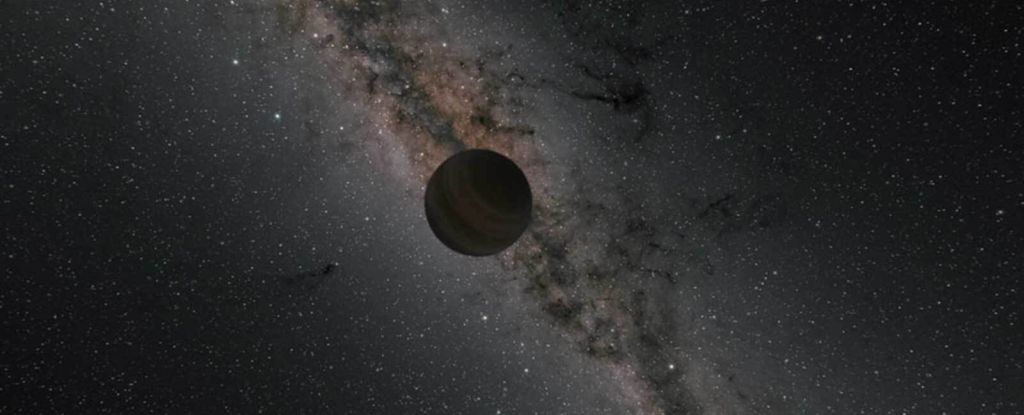The outer Solar System is like the ultimate wilderness frontier. It’s so far from the Sun that our telescopes can’t easily see what’s out there; it’s anyone’s guess as to what strange objects are lurking in the far reaches of the planetary disk.
We know that there is a field of small, icy rocks, extending out beyond the orbit of Neptune. This is the Kuiper Belt, where dwarf planets Pluto, Eris, and Haumea reside. Far beyond that is the hypothetical Oort Cloud, a huge spherical field of small rocks enclosing the whole Solar System, the true size of which is unknown.
This is where the Solar System’s long period comets are thought to originate; but what else might be lurking out there? One tantalizing possibility is the presence of planets – not just any old planets, either, but those from alien stars.
Now, theoretical astrophysicist Amir Siraj of Princeton University has worked out just how many alien planets might be out there, hidden from our view. According to his calculations, on a purely mathematical level, there could be 1.2 planets with a mass greater than Mars; 2.7 with a mass comparable to Mars; and 5.2 with a mass comparable to that of Mercury.
These are just educated guesses, based on other educated guesses, but the idea that there could be just one hidden world out there that has traveled from a distant star is certainly a fascinating one.
The whole question arose with the discovery of what are known as free-floating or rogue planets, first published back in 2000. These are planets that have become unmoored from their star, and are booted out of their home systems to roam the galaxy, untethered. Gravitational interactions are thought to produce the instability required for this pretty easily, leading to a whole bunch of planets out there, just hurtling through space.
It’s unclear how common this phenomenon is, but we’re getting better at detecting these loners, meaning that estimates of numbers are growing more precise.
Even more interesting is the notion that these planets won’t necessarily stay untethered. If they pass a bit too closely by a star, they’ll get schlooped up by the gravity. We know this can happen on a smaller scale – Jupiter seems to be an absolute space rock-thievin’ bandit.
Siraj wanted to know the odds of this happening to the Sun. So, he started with estimates of numbers of rogue planets in the Milky Way, and estimates of the percentage of stars likely to capture rogue planets. He used that information to calculate the likelihood of those planets passing by the Solar System closely enough to get captured by the Sun’s gravity.
His calculations showed that there is a pretty good chance that there’s a planet out there, somewhere between the mass of Mercury and Earth, just hanging out in the cold and the dark.
“We showed, based on a straightforward theoretical argument, that captured terrestrial planets are likely to exist in the outer solar system,” he writes in his paper.
“Future work should include simulations studying in greater detail the capture and retention of free-floating planets as well as planets bound to other stars. In addition, simulations can shed light on the probability distribution for the orbital plane and position in the sky for captured planets. Future work should also explore other observational tests for the existence of captured planets.”
He adds that, if one just happens to be in a favorable enough position in the sky, we should be able to spot it with the Vera C. Rubin Observatory, currently under construction in Chile, and expected to commence science operations in 2025.
The paper has been published in The Astrophysical Journal Letters.





